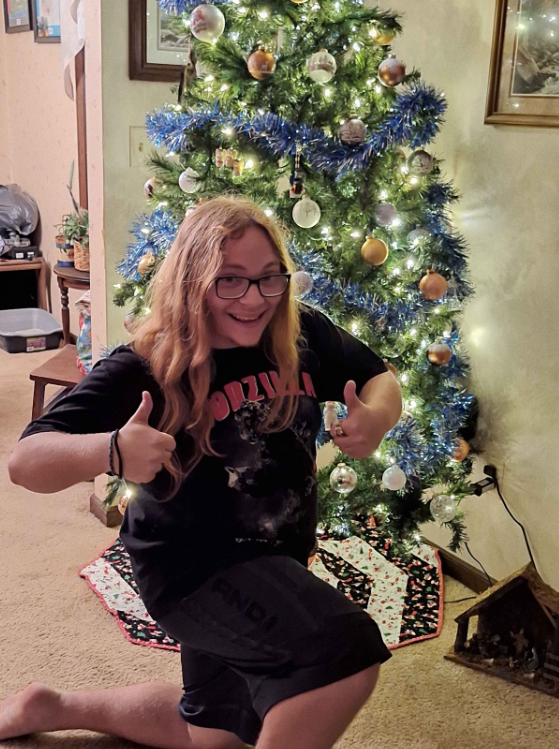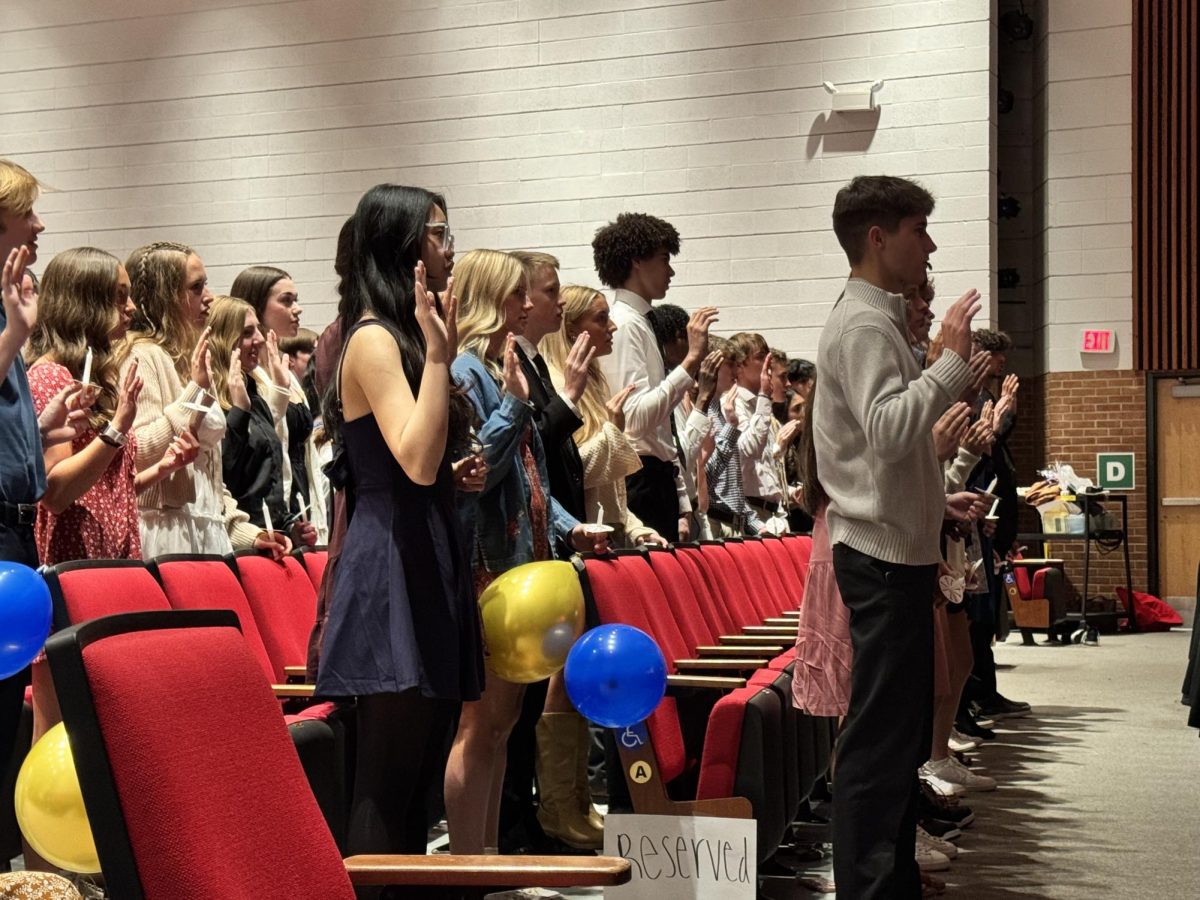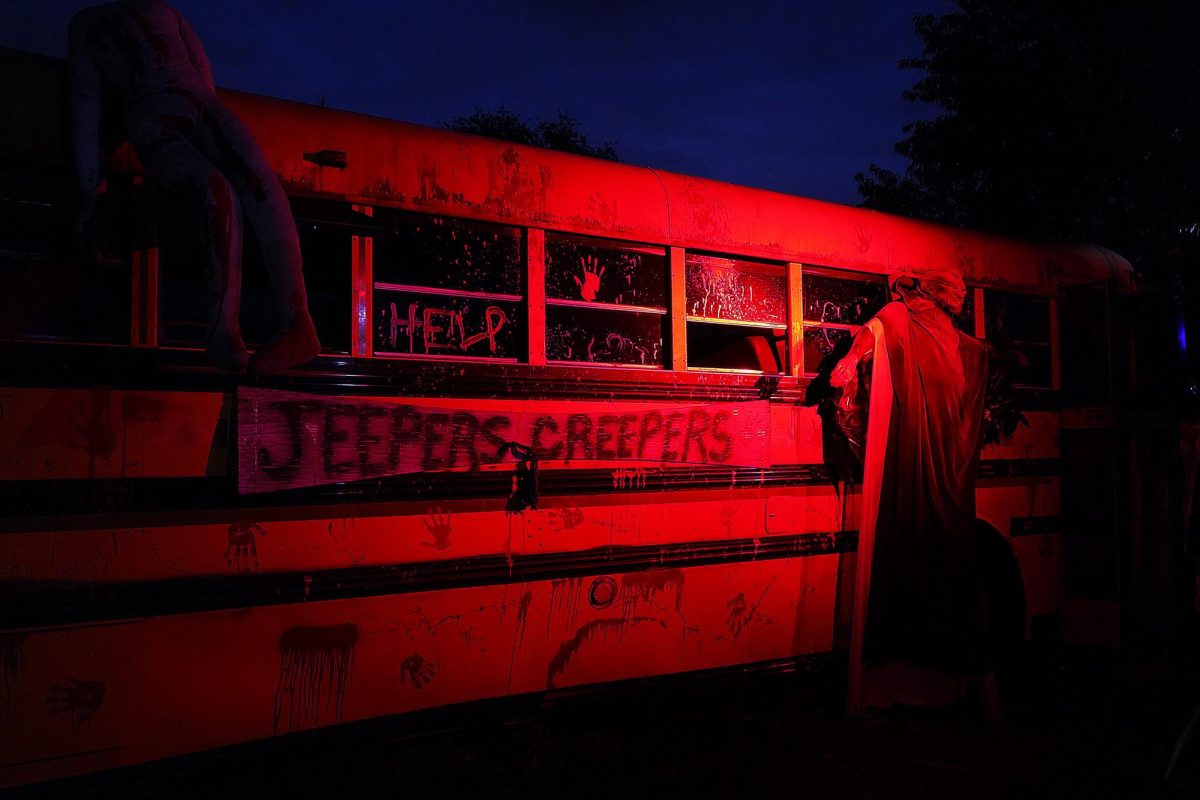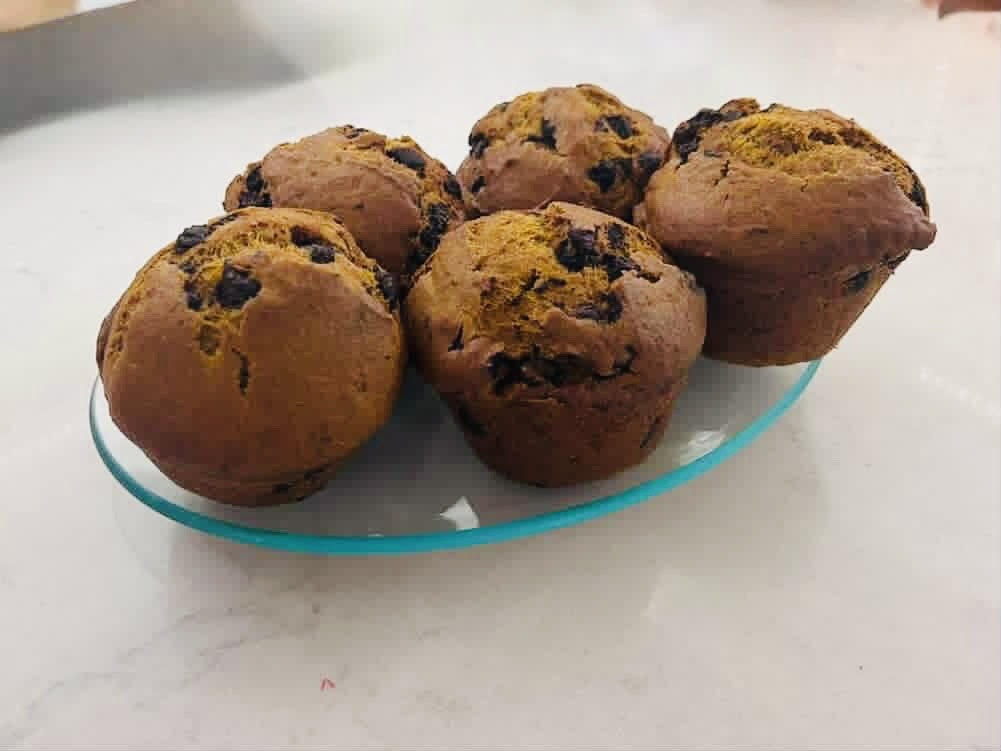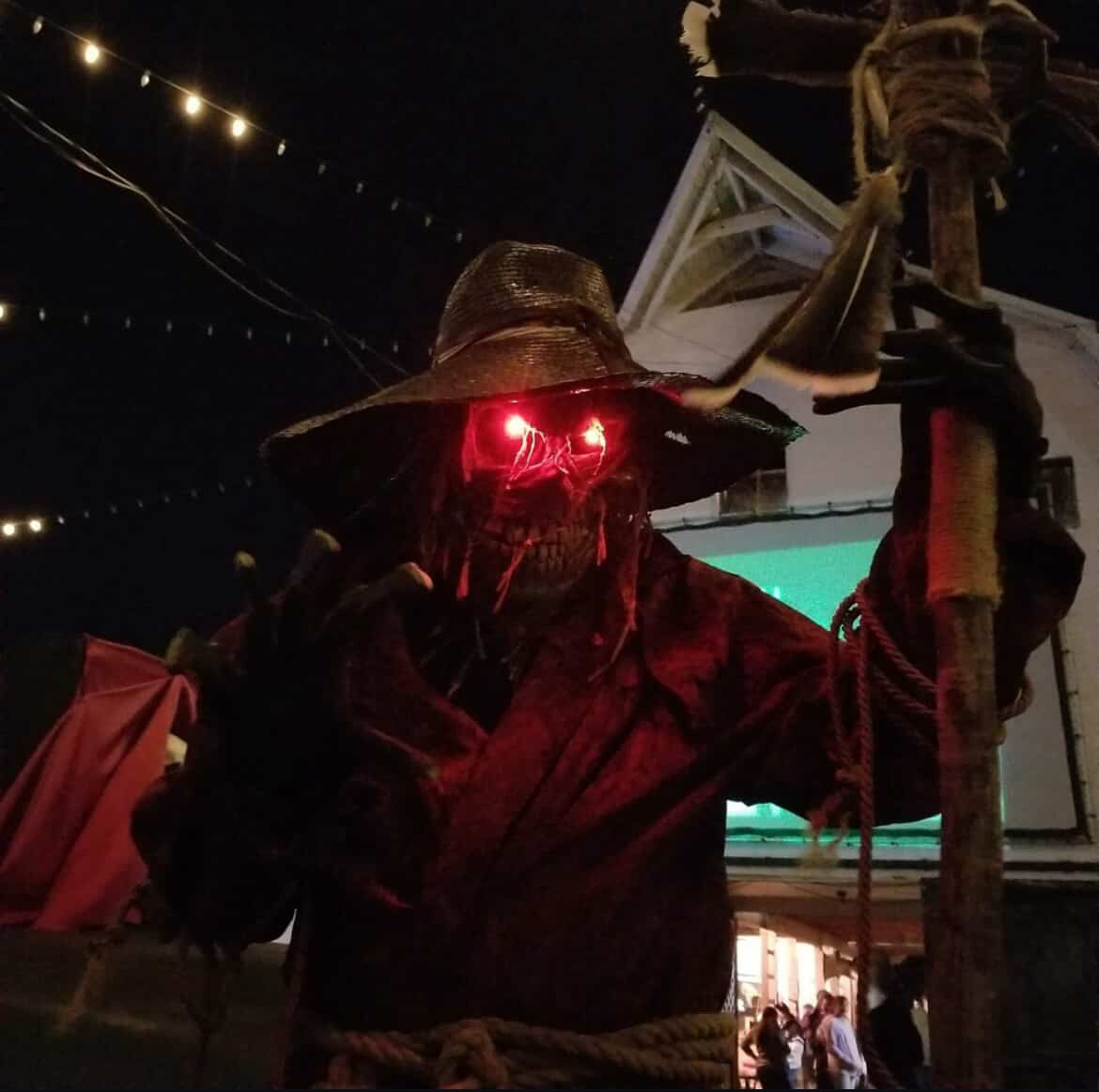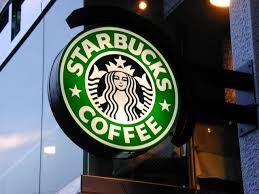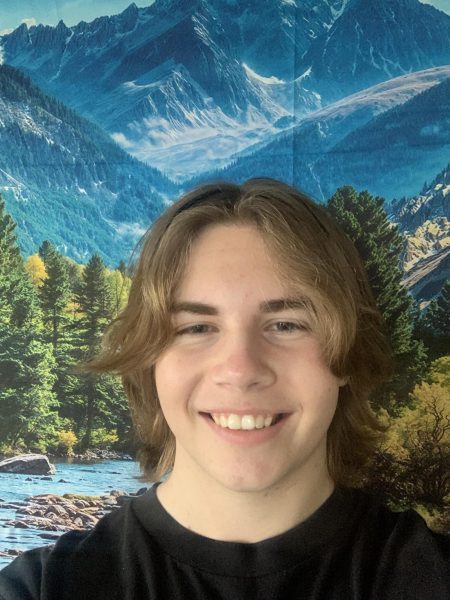When people think of wintertime, they usually recall Christmas, one of the most celebrated holidays in the world. But what are some of the other holidays celebrated during wintertime? Different cultures worldwide celebrate various holidays based on belief or tradition. These celebrations include the Winter Solstice, Hanukkah, Kwanzaa, Diwali, Yule, certain feasting days and Christmas.
The Winter Solstice is one of the oldest holidays in the world, with celebrations around it happening for over 10,000 years. This celebration was crucial for ancient civilizations, representing the sun’s return and, thus, longer days and a new agricultural season. Different cultures have different ways of celebrating the Solstice. Some include dancing, gift giving, feasts, sometimes sacrifices (Mock sacrifices nowadays) and games. Depending on where one is in the world, they may participate in a different festival than others. For example, the Hopi Native Americans of Northern Arizona participate in Soyal. Soyal is the practice of ceremonies and rituals like purification, dancing and the welcoming of Kachinas, protective spirits from the mountains. Persians may celebrate Yalda, which marks the last day of the Persian month Azar and represents the victory of light over dark. Yalda is traditionally celebrated with family, where they gather together, eat food like nuts or pomegranates, and stay up all night to watch the sunrise. Some Peruvians may celebrate the Incan celebration of Inti Raymi, but this is typically celebrated June 20-21 instead of December due to Peru being in the southern hemisphere. Inti Raymi was usually a celebration in honor of the sun god. People would participate in feasts and sometimes sacrifice animals, or potentially even children. When the conquistadors arrived, they banned the holiday, but it has since been revived and uses fake sacrifices.
Yule is one of the lesser celebrated holidays, sharing a lot of similarities with the Winter Solstice, and is one of the oldest celebrations centered around the Winter Solstice. The celebrations’ roots are hard to trace but have ties to the ancient Norse thousands of years ago. Not much is known about past celebrations, but it can be assumed that there are themes of light, fire and feasting. Some think there may have been sacrifices to gods or supernatural beings. Due to the harsh climate of Northern Europe, it is believed that most of the cattle would be slaughtered because they would not be able to be fed over the winter. With the meat from these slaughterings, Yule may have also been celebrated with an enormous feast, or it could have been used as an offering to the gods. One of the festivities was a Yule log that would burn for the entirety of the festival and sometimes up to 12 days. This is usually represented through sweet treats like cookies or cake. Another modern celebration of Yule is the Yule Town Goat, commonly shown throughout Sweden. Towns and cities will construct large goats out of straw to represent an offering to Thor, who was widely depicted in a chariot pulled by goats. In Sweden, the goat may also be seen as a companion to Santa Claus. The holiday is mainly celebrated by Neo-Pagans or Wiccans, but everybody tends to celebrate it differently. Some stick to more traditional celebrations, which include feasts and the burning of a Yuletide log. Others may celebrate by creating reenactments of specific battles from legend, rituals welcoming the sun, or even just staying up to watch the sunrise.
Hanukkah is celebrated for eight nights from sunset on Dec. 25 to nightfall on Jan. 2. The celebration commemorates the recovery of Jerusalem and the subsequent rededication of the second temple of Jerusalem. One of the most known and most important Hanukkah traditions is the lighting of the menorah each evening. A menorah contains eight branches, four on each side, and a holder in the middle for the Shammash (the “servant” candle). One candle is lit the first evening, and one more is lit by the Shammash every evening until all eight candles are burning. Some more religious celebrations include a daily reading of scripture, reciting some passages from psalms, almsgiving and the singing of a special hymn. Liturgy may contain public readings of the Torah and the “Al Ha-Nissim” (“for the miracles”) prayer. However, these religious festivities are not required with many non-religious traditions. Some of these traditions include eating festive meals (latkes, sufganiyot, or other fried foods that recall the miracle of oil), and there may also be games, songs and gifts for children. Children will receive presents or money throughout the holiday, and people may also enjoy playing cards or dreidels.
Another well-known winter holiday is Kwanzaa, which is celebrated mainly in the United States of America from Dec. 26 to Jan. 1. Kwanzaa is meant to affirm African family and social values. Each day of the holiday is dedicated to one of the seven principles of Kwanzaa: unity (umoja), self-determination (kujichagulia), work and responsibility (ujima), cooperative economics (ujamaa), purpose (nia), creativity (kuumba) and faith (imani). There are also several symbols associated with the holiday: fruits, vegetables, nuts, a straw mat, a candle holder, ears of corn, gifts and seven candles with the African colors of red, green and black. Celebrations include dancing, feasts, African drumming, poetry and creative writing.
Diwali is one of the most celebrated holidays in India. Diwali marks the return of Lord Rama in Hindu mythology. Villagers use lights, decorations and reenactments of the story in some areas for celebrations. People would wear their best clothes to celebrate and light up their homes with saaki (earthen lamps). They perform ceremonies of Lakshmi, the goddess of prosperity and wealth, light fireworks and enjoy a family feast.
Finally, debatably the most celebrated winter holiday, Christmas. Christmas is a holiday celebrating the birth of Jesus Christ, but many disconnect the holiday from religion and see the holiday as a celebration of Family and kindness. Most celebrating families share three Christmas traditions: putting up and decorating a Christmas tree, giving/receiving presents from friends and family or even putting out milk and cookies for Santa Claus. Other holiday traditions may include hanging a mistletoe, playing games with family or hosting/attending a large Christmas meal.

